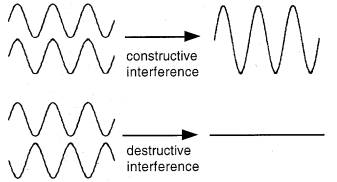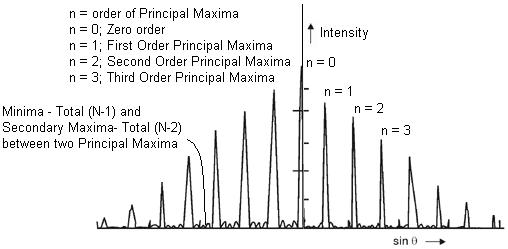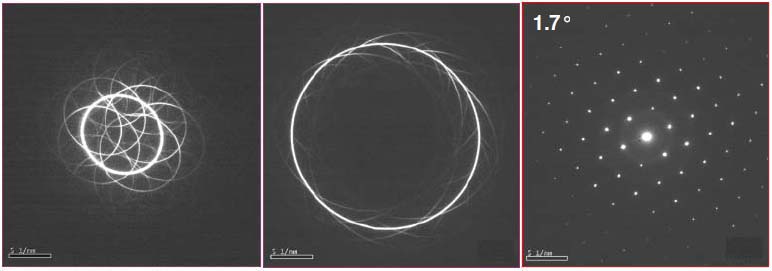

Passing through the slit however, the light will spread out and there is no way to predict at what angle a certain photon will go. Thus, we think that we have pinpointed the location of the light to within b/2 of the center of the slit. In order to pass, the light must go somewhere through the slit. The phenomenon of diffraction is applied in making diffraction gratings, which are used for studying the structure of atoms and the. Mirrors are an application of the phenomenon of reflection, while lenses are an application of refraction. We set up a single slit with a width b and a height that is large in comparison with the wavelength of the laser. Diffraction, however, can only be explained if the wave theory of light is taken into consideration. Say that we want to pinpoint the location of the beam of light emitted by a laser. Which we understand as: The more certain we are about a particle's instantaneous position, the less certain we can be of its instantaneous direction of travel. After application of the principle of superposition, we arrive at the following formula for the n:th minimum:ī sin θ = n λ

The classic description of the diffraction of a light ray is as follows: An aperture in an opaque screen is illuminated by a light source, and the light intensity is observed across a plane some. If the width b of the slit is made smaller, the pattern will spread out in the horizontal direction. The term diffraction can be defined as any deviation of rays from rectilinear paths that cannot be interpreted as either a reflection or a refraction. We note that the central maximum is twice as wide as the others. On the screen we observe a pattern of 'dots', with an intense central maximum in the middle and auxiliary maxima on both sides of it, intensity rapidly decreasing as we move away from the centre. The slit has a width b and a height which is large in comparison to b, and the components are sufficiently far away from each other that the waves are approximately plane (straight wavefronts). Some distance behind the slit is a screen on which the diffraction pattern can be observed. A laser is set up pointing against a small rectangular slit in an otherwise opaque screen. The simplest example of diffraction is the single slit experiment. 2.6 Geometric derivation of the single slit formula.2.4 Mathematical interpretation of the Rayleigh criterion.2.3 Resolution and the Rayleigh criterion.

2.2 Babinet's principle and complimentary patterns.


 0 kommentar(er)
0 kommentar(er)
